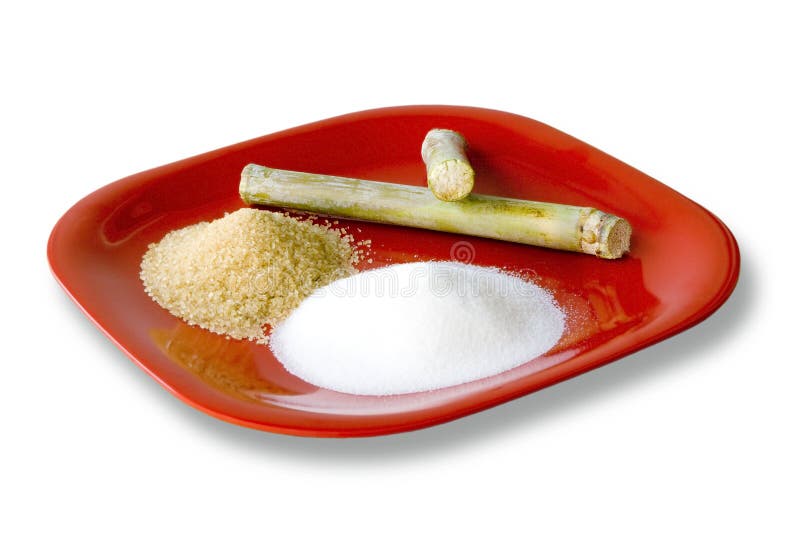Sugarcane Product in Traditional Remedies: Healing Benefits You Should Know
Sugarcane Product in Traditional Remedies: Healing Benefits You Should Know
Blog Article
The Journey of Sugarcane: From Harvest to Everyday Products
The journey of sugarcane is a multifaceted procedure that begins with precise farming and finishes in a variety of items that permeate our day-to-day lives. As we check out the various facets of sugarcane's trip, its function in sustainability and the broader effects for our environment come right into sharper focus.
Farming of Sugarcane
The cultivation of sugarcane is an important agricultural procedure that requires details environmental problems and management techniques. Optimum growth takes place in tropical and subtropical regions where temperature levels range between 20 ° C and 32 ° C. Adequate rains or irrigation is crucial, as sugarcane flourishes in wet soil with well-drained problems (sugarcane product). Dirt high quality dramatically influences yield; hence, farmers frequently perform soil tests to establish nutrient requirements
This method helps with effective gathering and makes best use of sunshine direct exposure. Plant turning and intercropping are suggested methods to improve soil fertility and minimize bug invasions.
Timely application of these plant foods can dramatically boost sugar returns. Overall, effective sugarcane growing pivots on a mix of environmental stewardship, strategic planning, and ongoing monitoring techniques.
Harvesting Methods
Successful sugarcane cultivation finishes in the gathering phase, which is critical for making the most of yield and making certain high quality. The timing of the harvest is vital; sugarcane is normally harvested when sucrose degrees top, generally between 10 to 18 months after growing. This period varies based upon climate, soil kind, and sugarcane variety.
Gathering techniques can be extensively classified into handbook and mechanical approaches. Hand-operated harvesting is labor-intensive, counting on proficient workers that make use of machetes to cut the stalks short. This approach permits selective harvesting, where just the ripest walking canes are chosen, consequently boosting overall sugar content.
On the other hand, mechanical harvesting has actually acquired popularity as a result of its effectiveness and cost-effectiveness. Specialized harvesters outfitted with cutting blades and conveyor systems can refine large areas swiftly, significantly decreasing labor expenses. Nevertheless, this method may result in the addition of premature canes and a potential reduction in sugar high quality.

Despite the technique employed, guaranteeing that harvested walking canes are moved swiftly to refining centers is necessary. Trigger managing lessens putridity and preserves the stability of the sugarcane, setting the phase for optimum processing.
Processing Methods
Handling sugarcane includes several essential actions that transform the harvested stalks right into useful products, primarily sugar and molasses. The first phase is washing the walking cane to remove dirt and debris, followed by the removal of juice with squashing or milling. This process usually employs hefty rollers Continued that break the cane fibers to launch the wonderful fluid consisted of within.
Once the juice is extracted, it undergoes explanation, where pollutants such as soil fragments and bagasse are removed. This is often attained by adding lime and heating up the juice, permitting sedimentation. The cleared up juice is after that concentrated through dissipation, where water content is reduced, causing a thick syrup.

Inevitably, the processing of sugarcane not just generates sugar and molasses but additionally lays the groundwork for numerous by-products, which will be checked out in succeeding discussions.
Products Derived From Sugarcane
Sugarcane is a flexible plant that yields a broad selection of products past just sugar and molasses. Among the key by-products are ethanol and biofuels, which have gotten prestige as renewable energy resources. Ethanol, created with the fermentation of sugarcane juice, acts as a different to nonrenewable fuel sources and is typically combined with fuel to create cleaner-burning fuels, reducing greenhouse gas discharges.
Additionally, sugarcane is a substantial source of bagasse, the coarse deposit staying after juice extraction. Bagasse is utilized in different applications, consisting of the manufacturing of paper, eco-friendly product packaging, and as a biomass fuel for energy generation. Its use not only lowers waste however additionally enhances the sustainability of sugarcane processing.
In addition, sugarcane-derived items encompass the food market, where it acts as a natural flavoring representative and sugar in numerous cooking applications. In the world of cosmetics, sugarcane essences are incorporated into skin care items because of their natural exfoliating buildings.
Environmental Impact and Sustainability
The cultivation and handling of sugarcane have considerable ramifications for environmental sustainability. This plant needs substantial water sources, frequently leading to depletion of neighborhood water supplies and influencing bordering ecological communities. In addition, read the full info here using fertilizers and chemicals in sugarcane farming can lead to dirt deterioration and waterway air pollution, presenting threats to biodiversity.

Sustainable sugarcane farming additionally promotes soil wellness through plant rotation and minimized tillage, improving carbon sequestration. The fostering of these practices not only sustains ecological integrity however also boosts the resilience of farming neighborhoods versus environment change.
Final Thought
In recap, the trip of sugarcane encompasses different phases from cultivation to processing, inevitably causing a broad variety of items. The significance of sugarcane extends beyond simple sugar, adding to renewable resource with ethanol manufacturing, lasting product packaging via bagasse, and natural extracts for cosmetics. This multifaceted crop plays a vital role in both nutritional enrichment and environmental sustainability, highlighting its importance in contemporary agricultural and industrial methods.
Successful sugarcane growing culminates in the gathering phase, which is pivotal for optimizing return and making certain top quality. The timing of the harvest is crucial; sugarcane is typically harvested when sucrose levels peak, usually in between 10 to 18 months after growing.Handling sugarcane involves a number of essential actions that change the gathered stalks into usable items, largely have a peek at this website sugar and molasses.Sugarcane is a functional plant that yields a wide selection of products past simply sugar and molasses. Furthermore, the use of fertilizers and chemicals in sugarcane farming can result in dirt deterioration and river contamination, positioning risks to biodiversity.
Report this page